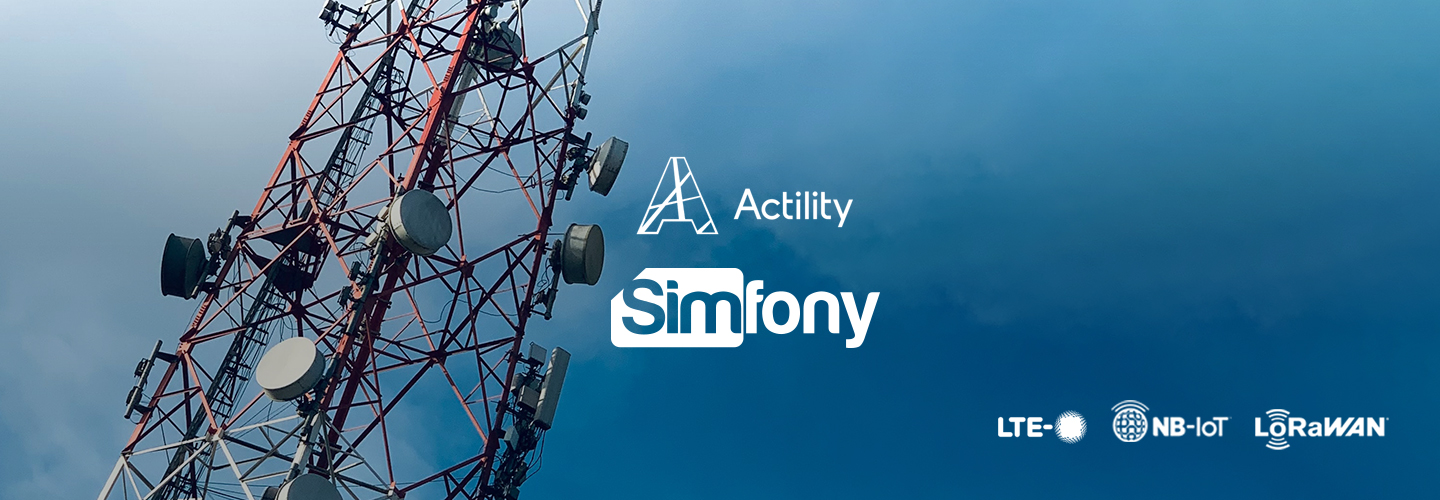Cellular or mobile technology has undergone major transformations since the introduction of 2G networks in the 1990s. Thanks to GPRS, 3G, LTE and more recently, 5G mobile technologies, we can now browse the web at high speeds and stream high-definition video on our smart mobile devices.
What makes M2M communication technology a great asset for any business is the fact that it provides great assistance for the management representatives, giving them the ability to make better decisions. This type of technology puts the mind at ease with a lot of core activities such as security, tracing, vending, fleet management, point of sale (POS) and many others, providing a wide range of solutions. Through Cloud, a wired network, and a platform such as the Simfony Mobile Platform, different types of wireless devices get to communicate to one another creating a data flow sent to the corresponding device. Everything is at the fingertips of the business in charge, making it easy to continuously monitor the good functioning of their activity.
Advances in mobile technology have also fueled development in the IoT sector. IoT and M2M solutions have sprung to provide businesses with real-time remote monitoring of their assets. This translates to enormous business advantages:
- operational cost efficiency
- greater control and awareness
- unlimited scalability
- better user experience and much more.
And the adoption of IoT is on the rise. There will be roughly 21 billion connected devices by 2020, according to a Gartner report. This means smart IoT devices (machines) will produce enormous amounts of data as they talk to each other over networks.
Thus, traffic from wireless and mobile devices will account for more than 63 percent of total IP traffic by 2021, according to Cisco.
How do intelligent devices communicate? Efficient M2M Communications
Machine-to-machine or M2M communications can be performed via WANs (Wide Area Networks), facilitated by cellular networks.
Cellular networks are wireless networks that provide IoT devices with reliable and secure data transmission capabilities over long distances. They allow machines to exchange data over-the-air with other machines, as well as with applications and services running in the cloud.
There are three key components in the M2M communications flow:
- sensors that collect and transmit data
- wireless networks for data delivery
- and Internet-connected central servers for data evaluation and action.
The role of SIM technology – M2M Solutions
To achieve connectivity, M2M communications leverage SIM technology. Embedded or standard contact SIM cards allow any device or sensor to transmit data remotely over a network.
The M2M SIM card stores data that identifies and authenticates a device prior to connecting to the cellular network of a mobile operator. Once the device is connected, the information it carries is routed to an Internet-connected server that analyzes and acts upon it according to specialized software.
For instance, smart grid applications will process information concerning power consumption in smart cities, parking space availability, traffic congestion or smart lighting.
A dedicated M2M SIM card offers flexibility and security with minimum expenses, allowing you to oversee any device you need to. A corresponding cloud-based M2M connectivity management platform allows easy access to all M2M contact SIM cards, reporting on SIM card location and usage.
All in all, the advantages of M2M cellular connectivity are quite compelling:
- Cellular networks cover 90% of the world’s population
- Are part of a mature ecosystem with governing standards and industry support
- Handle huge volumes of broadband traffic
- Serve a wide range of applications from all areas of the IoT spectrum, including car entertainment and video surveillance.
In view of the above information, will you give M2M solutions a go?
About our M2M Cellular Connectivity solution.






